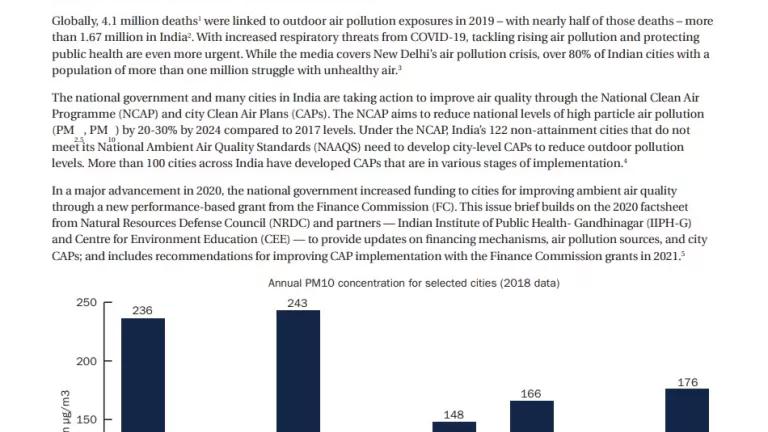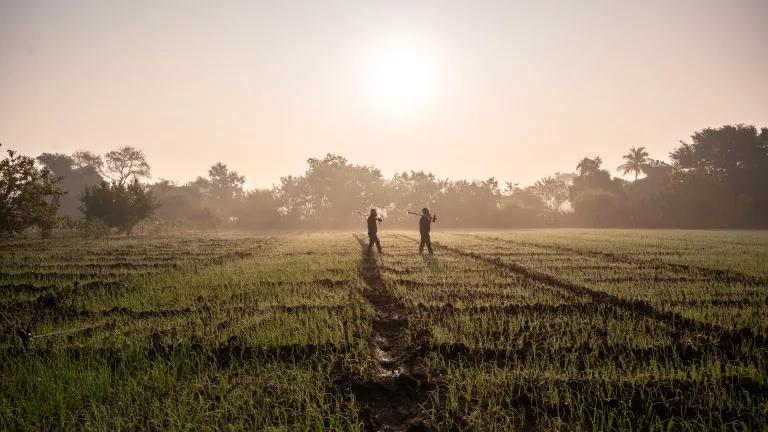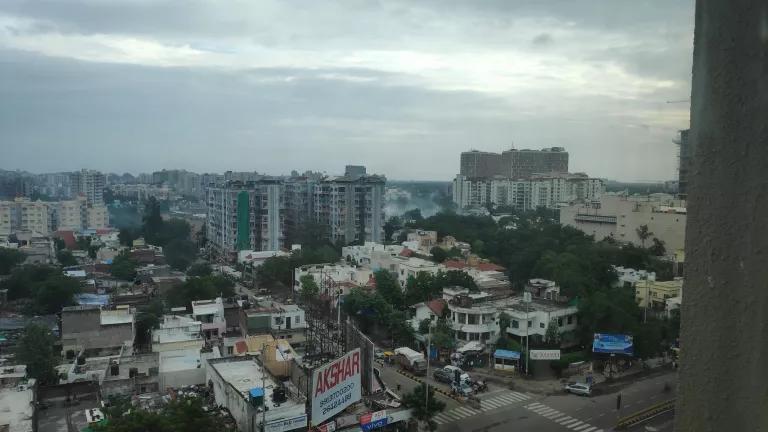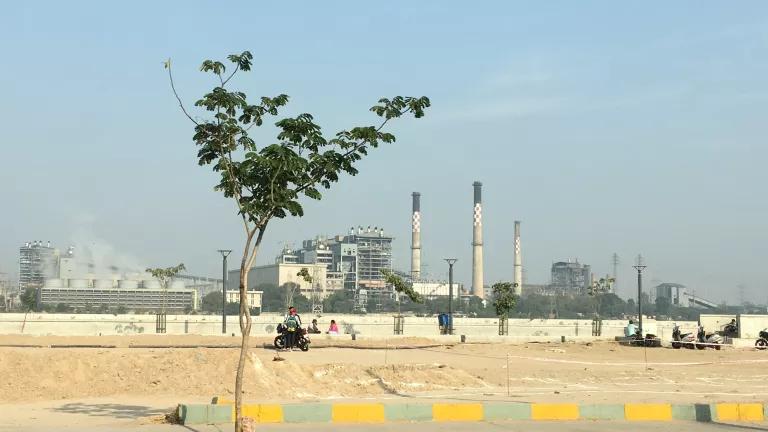Clearing the Air: Indian Cities Fight to Reduce Pollution
NRDC leaders launched and discussed a new issue brief Clearing the Air: Highlights of City Actions to Reduce Air Pollution. The issue brief examines city actions from 10 cities, including Ahmedabad, Hyderabad, Kanpur, Kolkata, Mumbai, Nagpur, New Delhi, Patna, Pune, and Surat.

Leaders and experts from around the world gathered for the 20th World Sustainable Development Summit to accelerate action on climate change and to work toward a healthier environment for all.
Air quality was a major area of focus given the air pollution crisis facing Indian cities, which are already grappling with the COVID-19 pandemic. Leading cities are taking action to fight air pollution, as discussed during several sessions and in a new issue brief released at WSDS.
Because air quality problems in India are often driven by pollution from the same fossil fuels that accelerate climate change, actions to reduce harmful emissions at their sources can achieve major wins for public health in the near-term and long-term, for the environment, and for India’s economy. Given the air pollution implications with COVID-19, protecting lung health take on a greater urgency.
Several India cities developed local Clean Air Plans (CAPs) to meet air quality targets under the National Clean Air Programme (NCAP) about a year ago in early 2020, as discussed in an earlier issue brief from NRDC and partners. Since then, leading cities have been working to implement CAPs through efforts to control pollution from vehicles, thermal plants, solid waste and other sources.
To support CAP implementation, the national government increased funding to cities to improve air quality through a new performance-based grant program from the Finance Commission (FC) in late 2020. The recent budget allocates over ₹2200 crore ($302 million) to fight air pollution in 42 cities to supplement the Financial Commission and NCAP efforts.
Highlighted City Action on Air Pollution
A year in, what progress has been made by cities in implementing programs to address India’s air pollution challenges? During two sessions at WSDS, NRDC leaders launched and discussed a new issue brief Clearing the Air: Highlights of City Actions to Reduce Air Pollution. The issue brief examines city actions from 10 cities, including Ahmedabad, Hyderabad, Kanpur, Kolkata, Mumbai, Nagpur, New Delhi, Patna, Pune, and Surat.
During the plenary session, “Future of Air: Progress and Constraints,” NRDC’s President and Chief Counsel Mitchell Bernard launched the new issue brief and NRDC President Emerita Frances Beinecke discussed the issue brief during the thematic session “Cleaning the Air in Indian Cities.” The issue brief is part of an annual effort by NRDC and partners the Indian Institute of Public Health- Gandhinagar (IIPH-G) and Centre for Environment Education (CEE). NRDC and partners are working with Ahmedabad and Pune to strengthen local air pollution knowledge, capacity, and solutions.
Key examples of city actions include:
- The National Capital Region created a new Commission for Air Quality Management dedicated to developing and implementing pollution control strategies for the Delhi airshed.
- New Delhi finalized one of India’s most comprehensive EV policies in 2020 to reduce pollution from vehicles.
- Ahmedabad is working to reduce emissions from its largest landfill in Pirana, and the Gujarat Pollution Control Board plans to extend the ETS pilot program to industries in and around the city.
- Bengaluru is using FC grants for stronger enforcement and compliance, including for vehicular emissions, fugitive dust and municipal solid waste burning.
- Pune initiated a strategic health risk communication program in the form of the Pune Air Information and Response plan, as well as measures to improve and develop non-motorized transportation options on key city routes.
- Surat along with the Gujarat Pollution Control Board is implementing one of the world’s first pilot programs for Emission Trading Scheme (ETS) for particulate matter.
While Indian cities have made progress on monitoring, consistent monitoring and reporting are needed along with stronger compliance and enforcement. Cites need to ensure that the FC grants used on projects maximize air pollution reductions. In addition, local and regional capacities must be strengthened to develop and implement effective air quality management strategies to meet clean air targets and reduce the health impact of poor air quality.
Strong leadership and ambitious actions at the city level can help deliver transformative and lasting improvements for public health in India’s fight against dangerous air pollution and climate change.
Polash Mukerjee and Marie McNamara contributed to this blog.



